What happens if you don’t want to have to deal with the reliability issues associated with an older car? What if, perhaps, you want a car with all the patina and age that you expect from a classic, but with rock-solid mechanicals and running gear? That’s where Jaguar Land Rover’s Reborn programme steps in.
The purpose-built classic car restoration works, based in Coventry, follows a simple system. It finds and purchases historic models of its cars which have been left unloved and uncared for and restores them to modern standards using the company’s original factory specification. If original parts can’t be found, then they’re re-made using original designs.
It’s a stringent process, and locating the right cars takes time too – they need to be workable, and need to be relatively straight in terms of corrosion and chassis condition.
We headed across to Sussex to try three models which have had the Reborn treatment applied to them – a Mk1 Range Rover, Jaguar E-Type and a Series I Land Rover.
Up first, the Range Rover. Standing resplendent in ‘Bahama Gold’ with an equally shocking orange velour interior, it is nut-and-bolt perfect in every way, but feels very much of its period. It would be an easy mistake to make these cars appear too spot-on, but the Reborn engineers have managed to make them feel as original as possible and it shows.
Up and running, it’s easy to see why the original Range Rover was such a game-changer. The ride is good, and allows the car to glide over road imperfections. The steering is heavy but features bags of feel, and the engine is butter-smooth – marred only by a gearbox which takes a little getting used to. We’ll admit, second gear was crunched several times.
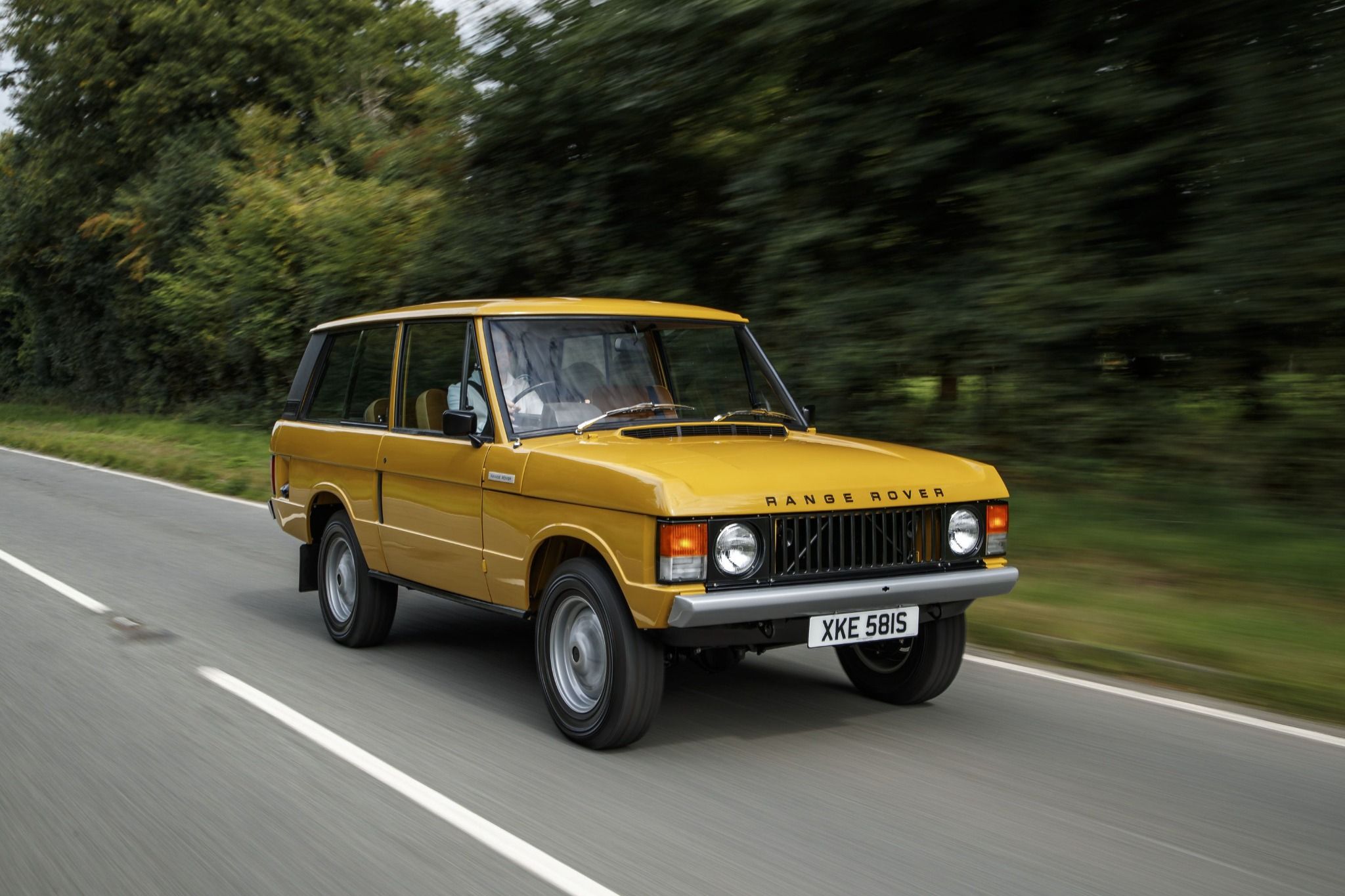
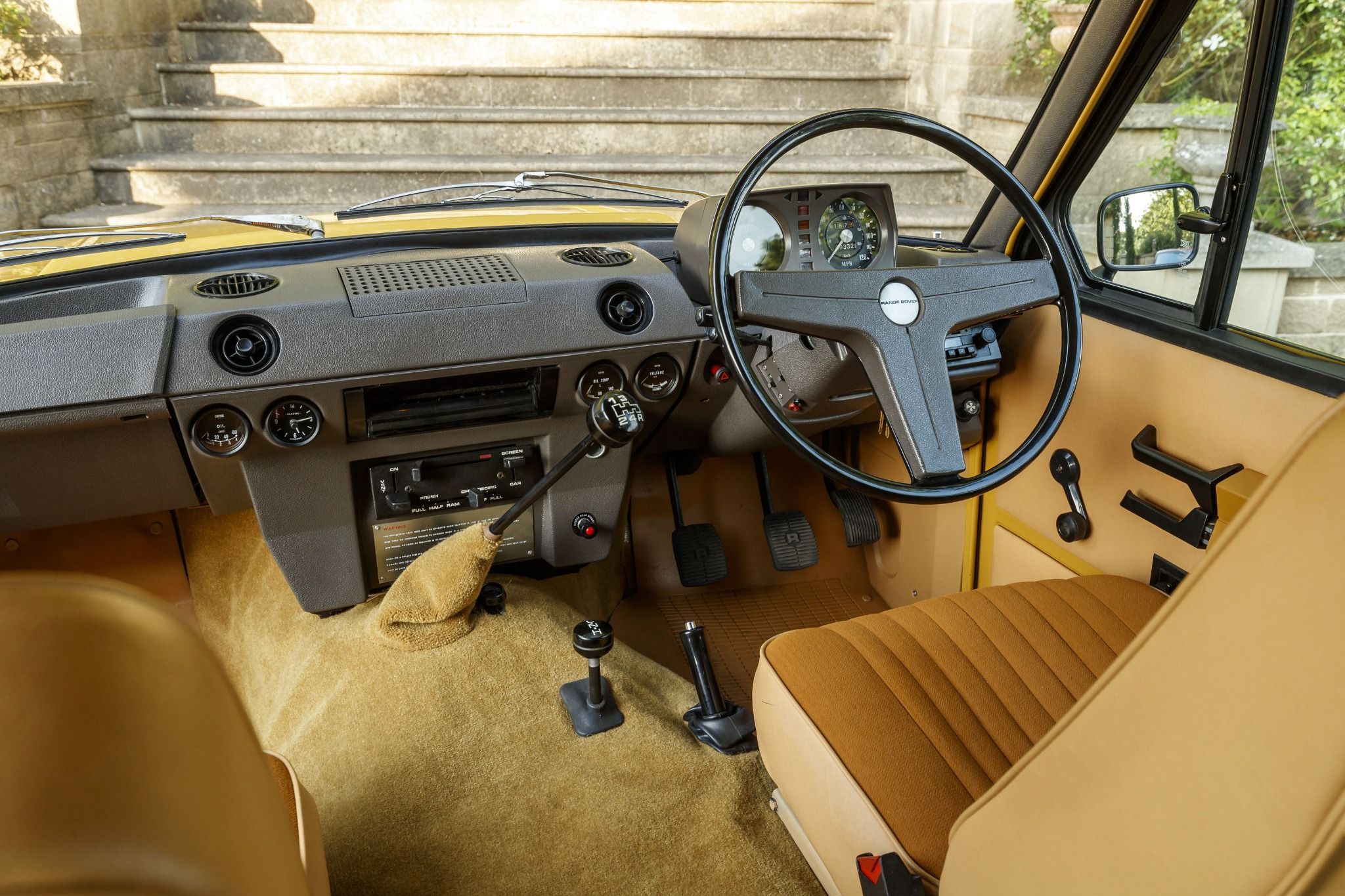
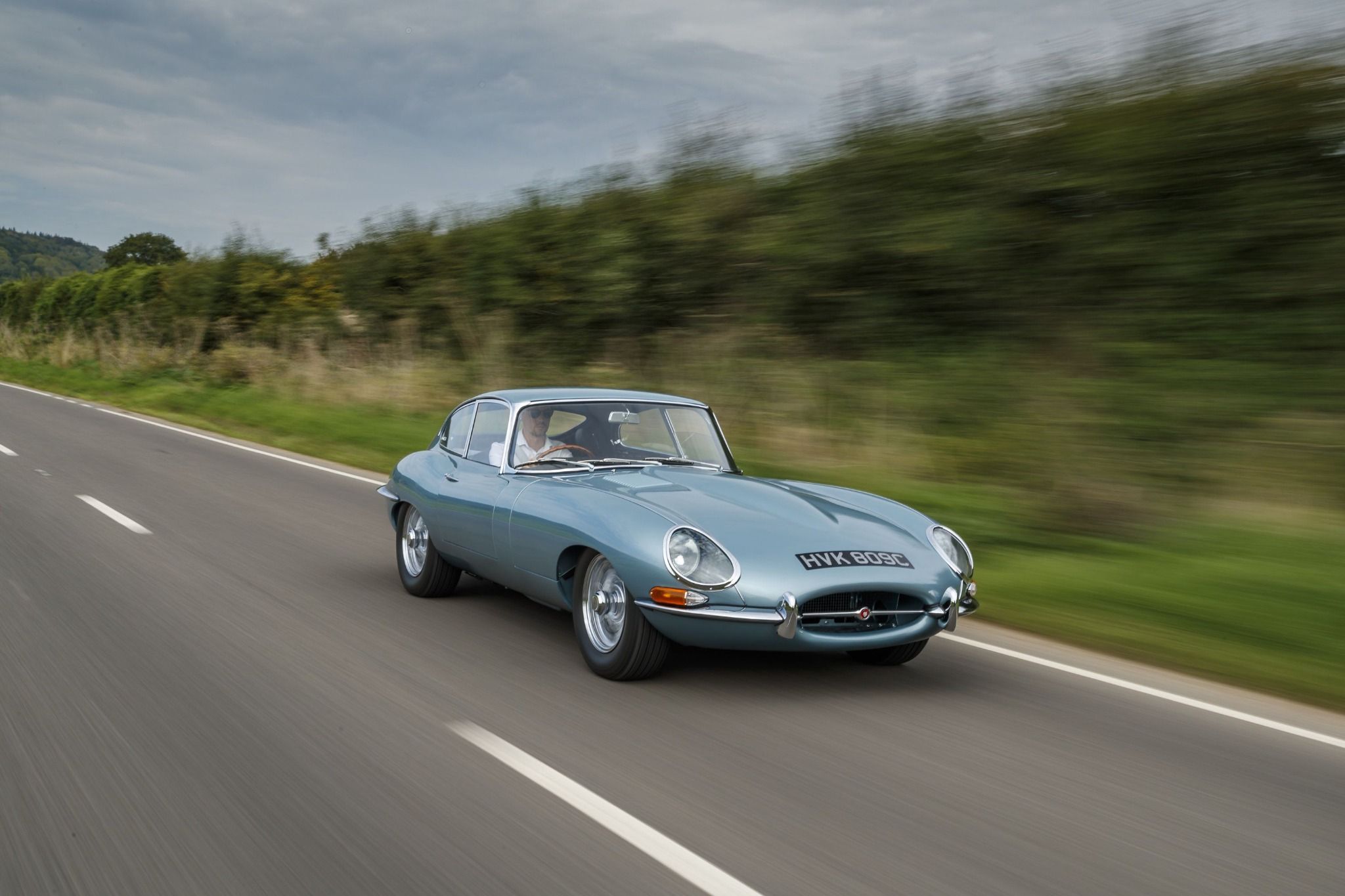
Next, it’s the E-Type. It’s an intimidating car to approach, not because of its size – it’s actually quite compact by modern standards – but simply because of the reputation it has. The E-Type is well-regarded as one of – if not the – most beautiful cars ever made, and this makes it a little scary to drive.
Once inside and sat inside the snug cabin, we’re met by a beautifully finished dashboard and a wide forward view over the long, sweeping bonnet. Down in the middle is a new feature from the Reborn team – a modern infotainment system housed within a classic-looking shell. You get satellite navigation and media functions, but it’s all wrapped up in a retro housing – and works really well, too.
A turn of the key and a press of the starter button and the 4.2-litre engine breathes into life. At low speeds the E-Type is a struggle; it’s all heavy steering and weighty clutch, but as soon as you gather speed the car makes complete sense.
The engine is a peach, delivering torque pretty much wherever you want it. In truth, though the four-speed manual gearbox is a delight to use, you don’t need to stir the ‘box all that much – there’s simply so much low-down punch available that you can often drag it out in far higher gears than you’d expect. It makes it both effortless and relaxing to drive, something you don’t expect from a car of this age.
The sprint to 60mph is claimed to take seven seconds, and in reality it feels every bit honest to those figures. The claimed top speed of 150mph feels as though it’d be more than achievable too, though that’s best left for the German autobahn.
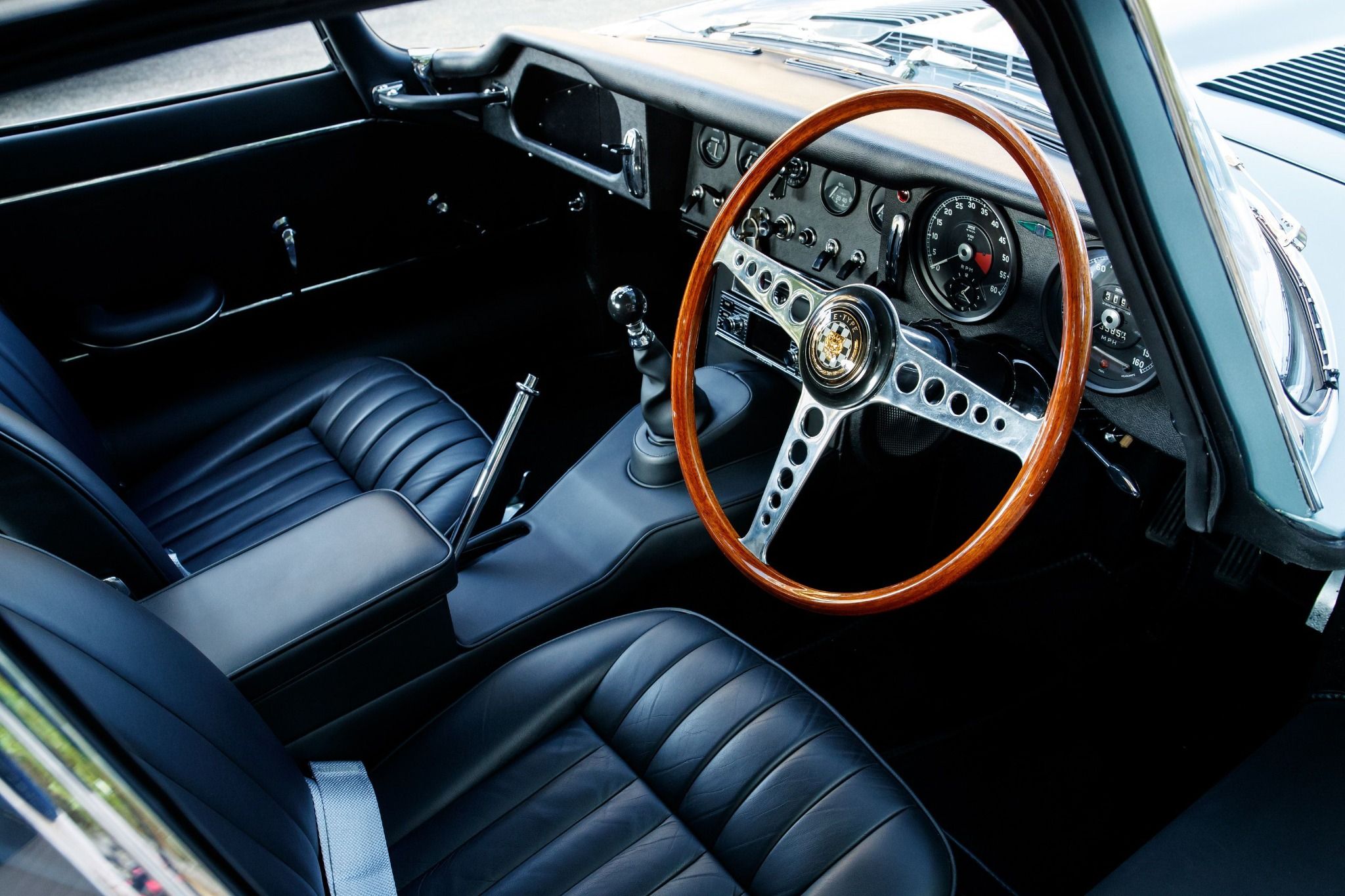
Pulling back into our car park base, we slot in right next to Reborn’s Series I Land Rover – our third and final test car for the day.
It’s a mesmerisingly pretty thing, the Series I. It’s also almost impossibly tiny, sitting perfectly square on its wheels. Each part of this example is picture-perfect but faithfully original; everything feels exactly as it should be, right down to the dials and knurled gearlever for the four-speed ‘box.
Up and running the Series I sends a dizzying variety of sensations towards you. You’re always busy driving this car – the throttle needs to be managed to keep momentum, the gearshift takes a little getting used to and, all the while, you feel like you’re travelling at over 200mph – only to look down at the compact speedo and see you’re doing 36mph.
We manage to see the heady heights of 50mph – when travelling downhill and with serious commitment – hitting the car’s quoted top speed. In truth, we wouldn’t want to go much faster, as this feels at the edge of the car’s mechanical limitations. We’ve got no qualms with the way the Series I potters around at low speeds, but make no bones about it, this isn’t a motorway-friendly vehicle.
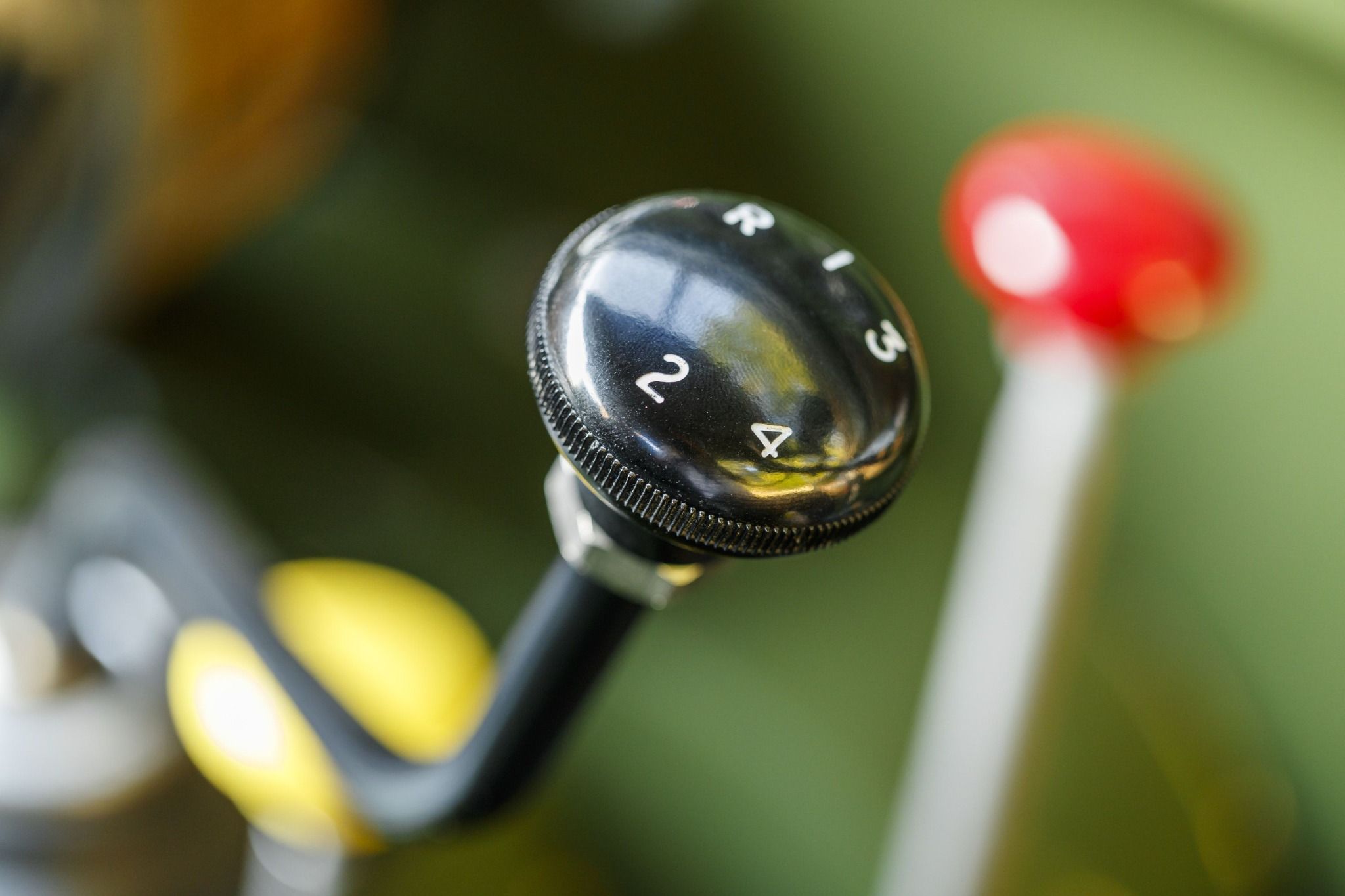
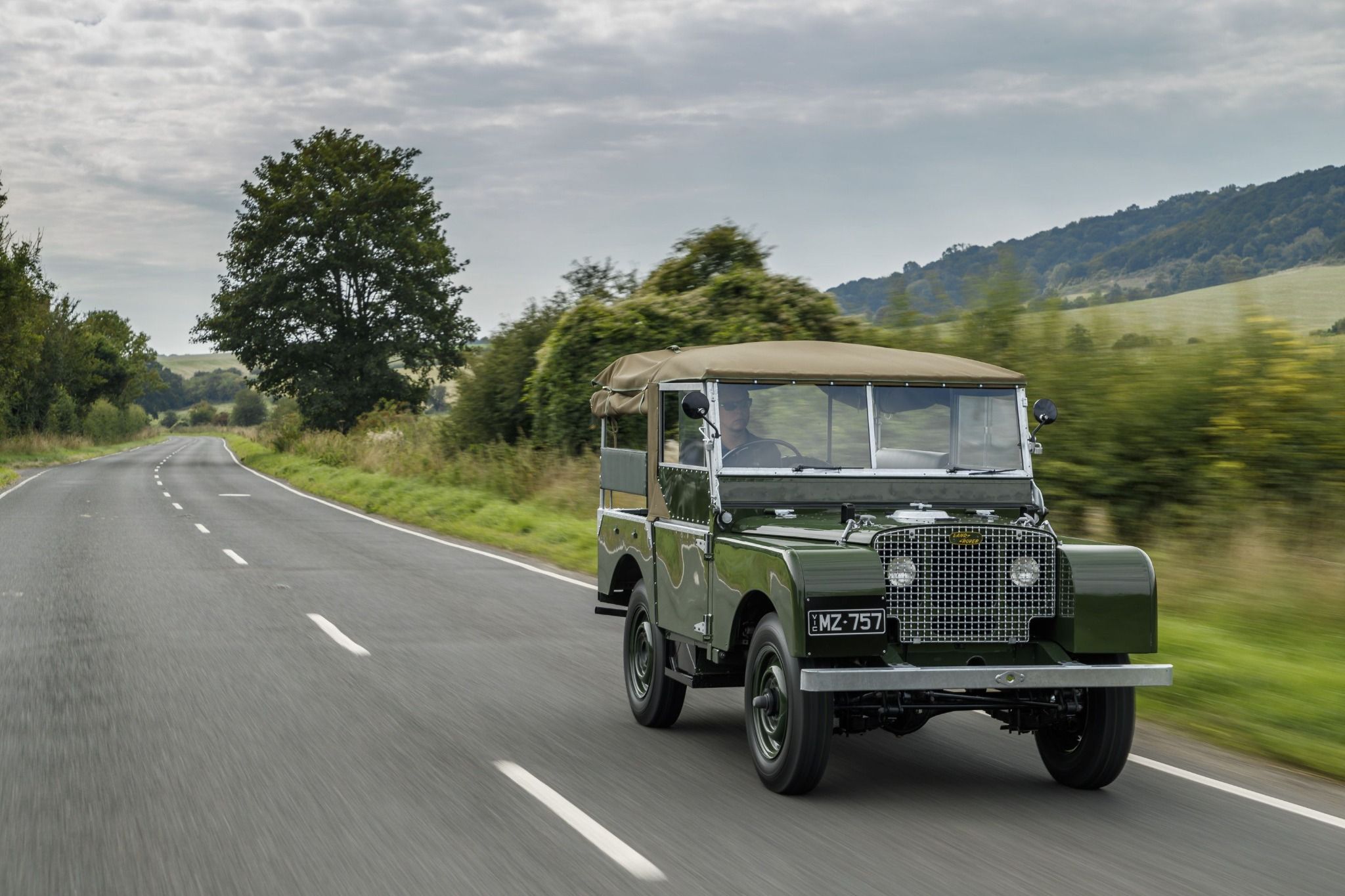
Parked up against the E-Type and Range Rover, the Series I completes what is a very good-looking trio. You wouldn’t immediately know that these cars had been restored, rather kept in incredible condition from new – and that’s part of the idea with Reborn. It’s not about taking away any of the character or history from these cars, it’s about enhancing it.
That enhancement does cost a fair amount however – the Series I commands a price tag in the region of £75,000 while a Reborn E-Type will set you back around £295,000 – but is it worth it? For this level of history and attention-to-detail, absolutely.